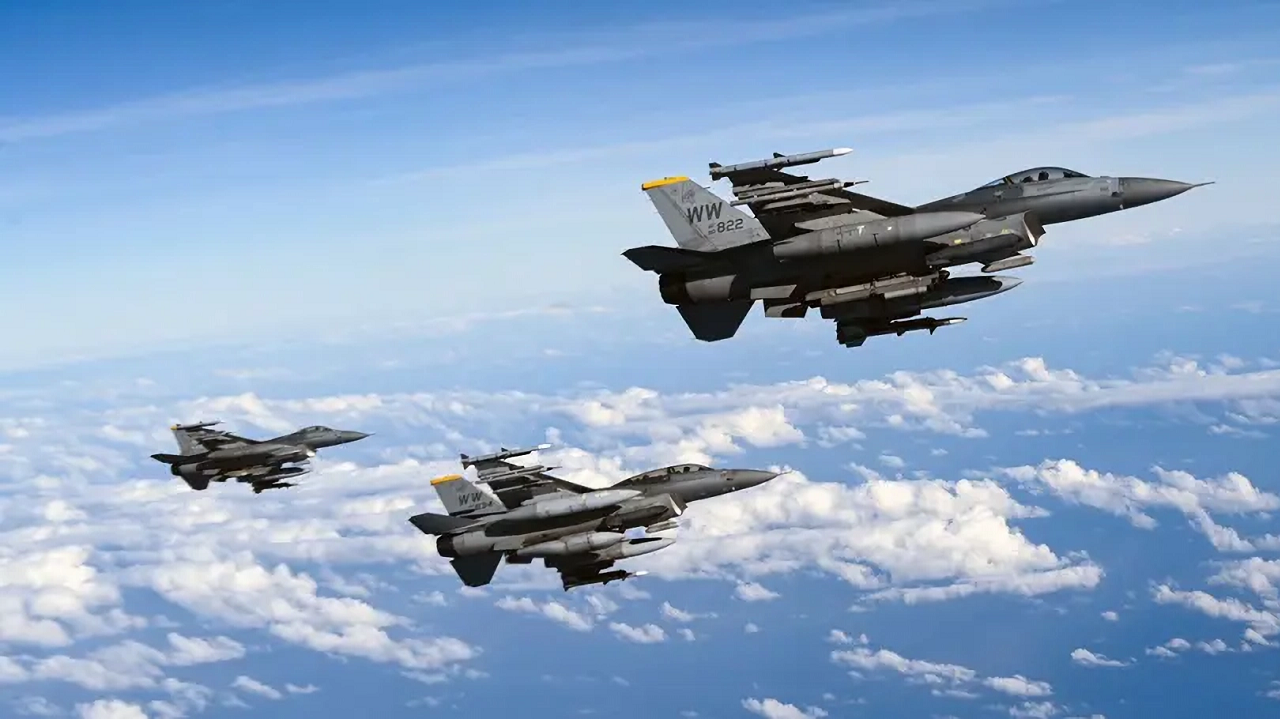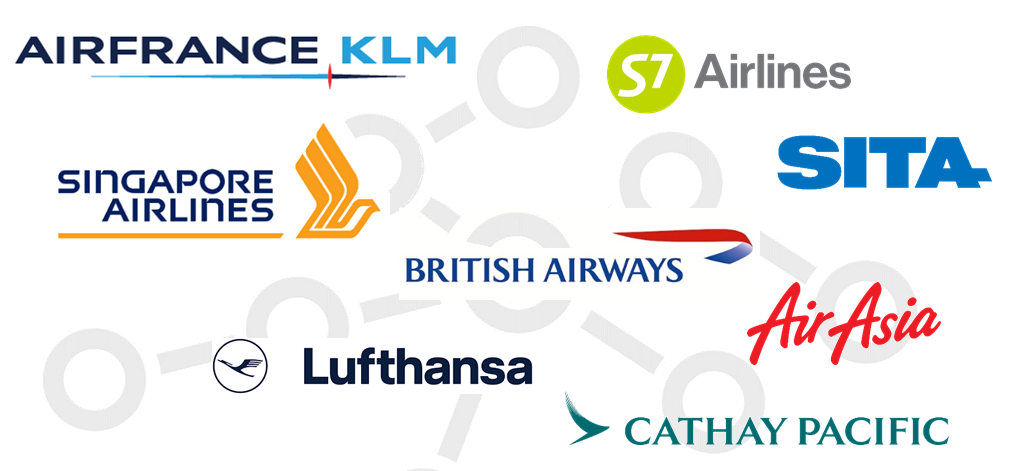Like it or not, autonomous systems are going to play an increasing role in defence capabilities moving forward, across all domains and using a wide variety of automated systems. Autonomous aerial systems could soon be relied on heavily by defence programmes, from small, low cost drones, through to AI pilot systems.
Over the past twenty years, efforts have intensified to create artificial intelligence pilots for military use. Last month, US Deputy Secretary of Defense Kathleen Hicks revealed that the US military’s Replicator programme plans to deploy thousands of autonomous weapons systems, including autonomous unmanned aircraft systems (UAS), over the next 18 to 24 months. Although this programme is primarily focused on lower cost, ‘attritable systems’, that the Pentagon would be happy to sacrifice in return for achieving a mission’s objective.
Using autonomous pilots for fighter jets that can cost upwards of $100 million each, is quite another matter entirely. However, there are clear future advantages for doing this, including enhanced combat capabilities, speed of response to threats, strategic advantage over other militaries, and reduced risk to human pilots.
Automated systems, of course, have been used in commercial aviation for many years. Commercial autopilot systems ultimately give pilots more control and enhanced ability to respond to new demands in the air, whilst autothrottle systems help optimise both throttle control and fuel economy. The capabilities of autopilot systems have grown dramatically over the past decade, as better sensors have become available. A modern jet airliner can have tens of thousands of electronic sensors, collecting terabytes of data during a flight.
Air forces clearly have different requirements to airline fleets, but there are lessons to be learned from the commercial sector. Introducing new auto-pilot systems have many attendant risks, as was illustrated by Boeing’s introduction of the Maneuvering Characteristics Augmentation System (MCAS) into commercial aircraft.
Military interest in AI-piloted planes began to grow in the 2010s, culminating in the US Air Force use of an AI algorithm to help co-pilot a successful test flight, of a Lockheed U-2 Dragon Lady, high altitude reconnaissance aircraft, in 2019. The ‘ARTUµ’ algorithm was developed by a small team of researchers at the Air Combat Command’s U-2 Federal Laboratory.
In 2020, the US Defense Advanced Research Projects Agency (DARPA) announced that, in a simulated dogfighting competition run by its Air Combat Evolution (ACE) programme in an F-16 simulator, an AI model defeated an experienced F-16 fighter pilot.
Now things have begun to get even more interesting. DARPA revealed earlier this year that an AI model developed by ACE had successfully piloted a F-16 in flight. The AI pilot flew multiple flights in a specially modified F-16, over several days of tests at Edwards Air Force Base in California.
Notwithstanding successful tests such as these, it is still premature to announce the advent of autonomous AI combat pilots. Tests conducted to-date have all been carried out in controlled conditions and in real combat scenarios many different operational factors apply. We can expect to see an increasing sophistication of AI apps enter the cockpit in the near term, but fighter pilots shouldn’t worry about their jobs just yet.
This article first appeared in Armada International
Image credit: U.S. Air Force.



